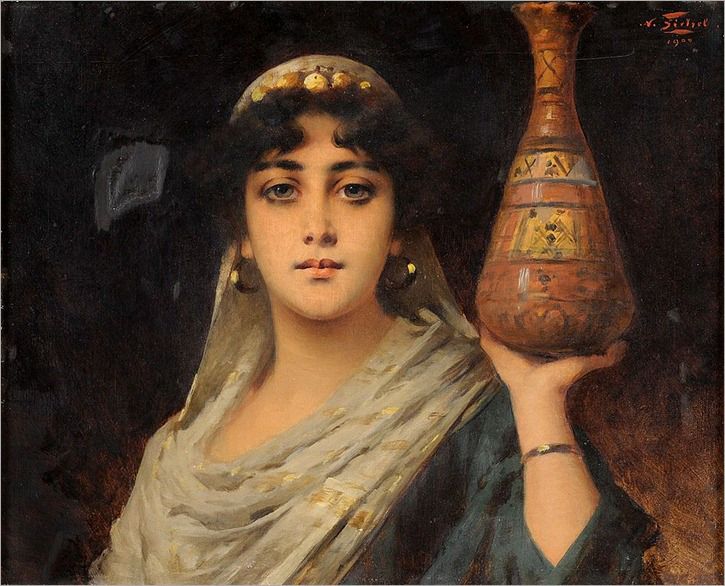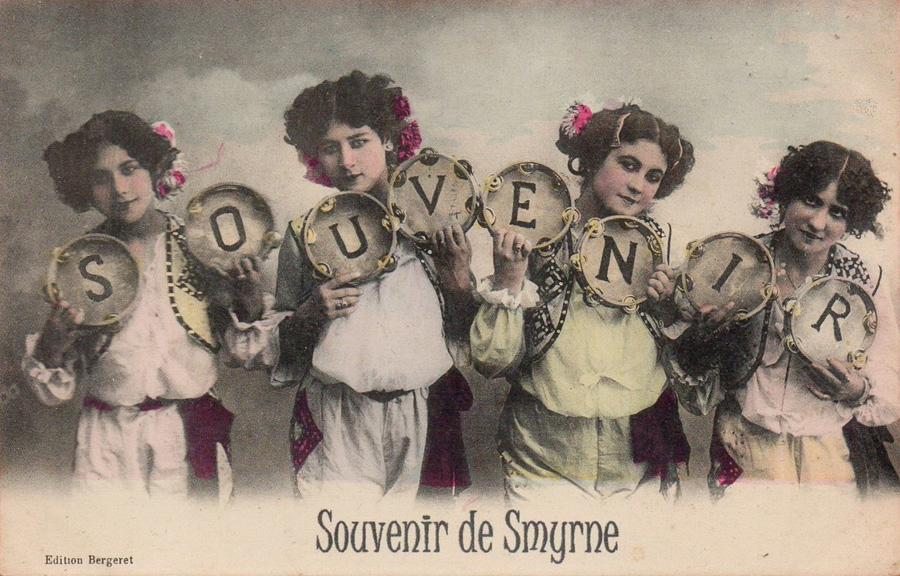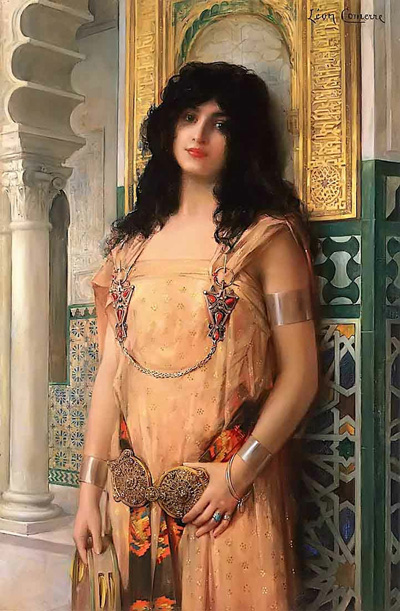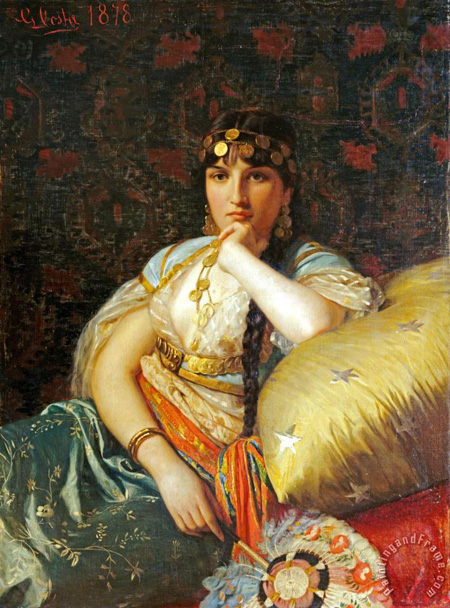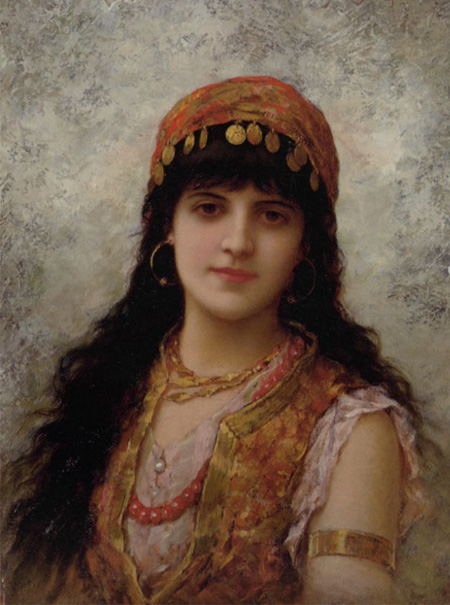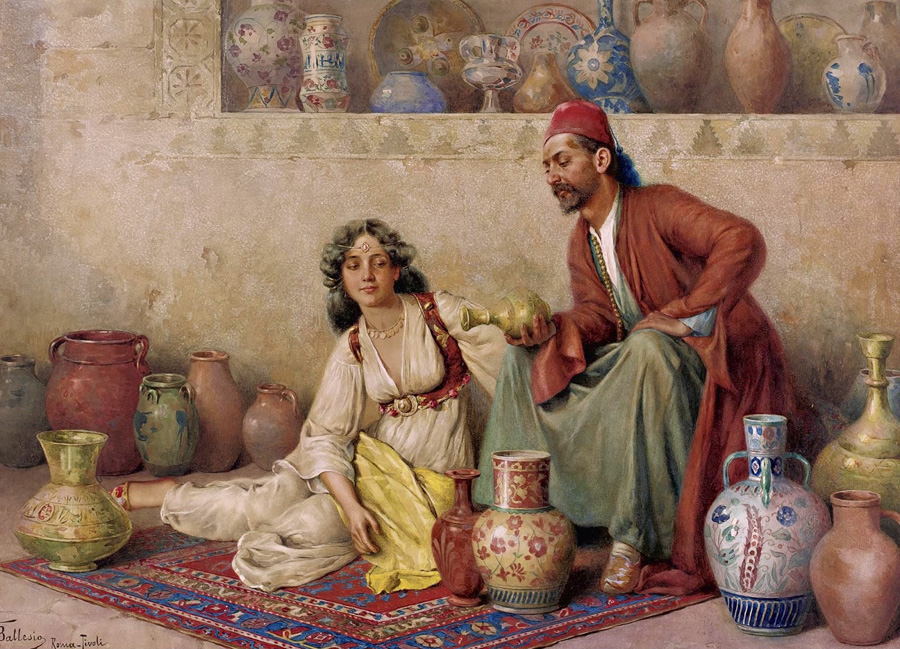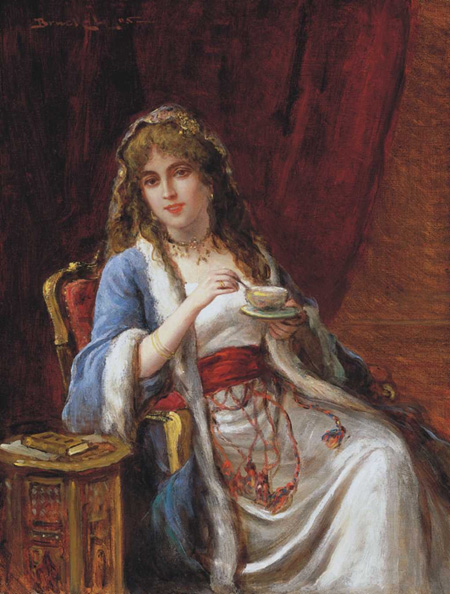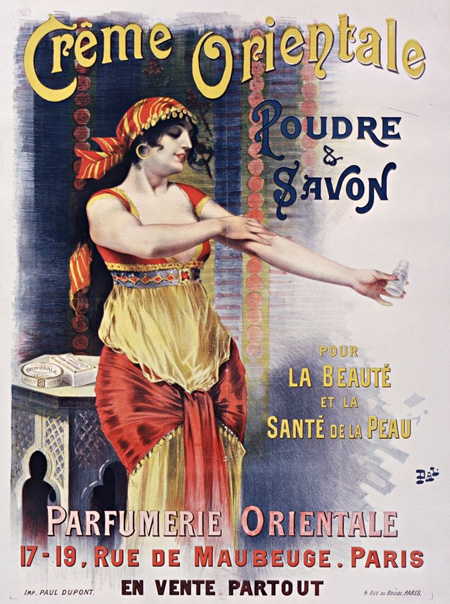
Ephemera
Belles of Levant
A range of postcards depicting women in a decorative and atmospheric way in a manner to convey to impression of the Levant being a playground for Westerners. This of course is both a caricature and a reality depending on which aspects are highlighted and emphasized. The Levant ports were not just a base for merchant adventurers evolving to capitalists through the 18th and 19th centuries but also a safe harbour for refugees from a whole range of geographies such as French royalists, Italian revolutionaries, Polish and Hungarian patriots against their bigger enemies, as well as artists who were able to be inspired by the colours of the Near East and express themselves often far freer than their native countries. The visual representation of this sense of political and intellectual freedom bestowed by the Millet and Capitulation system of light governance by the Ottomans were expressed in a rather 2 dimensional manner in postcards. So these images have to be considered in a deeper sense than one of Westerners being titillated by ‘Oriental charms’, though of course that is also part of the mix and perhaps a lingering nostalgia of that sweet difference still lives in the minds of both natives and outsiders for places such as Izmir and Beirut to an extent.
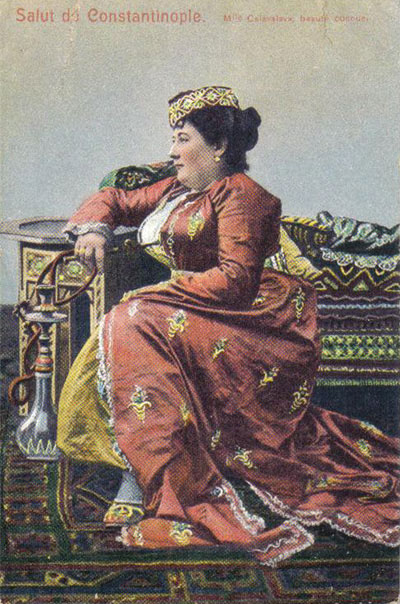
Apparently a local Italian beauty ‘Mlle Calavalava’ famous enough to warrant a postcard, in an Ottoman pose.

Mademoiselle Bertha is also a mystery.
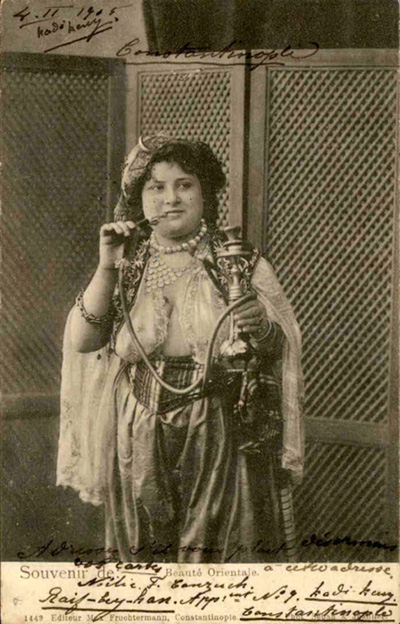
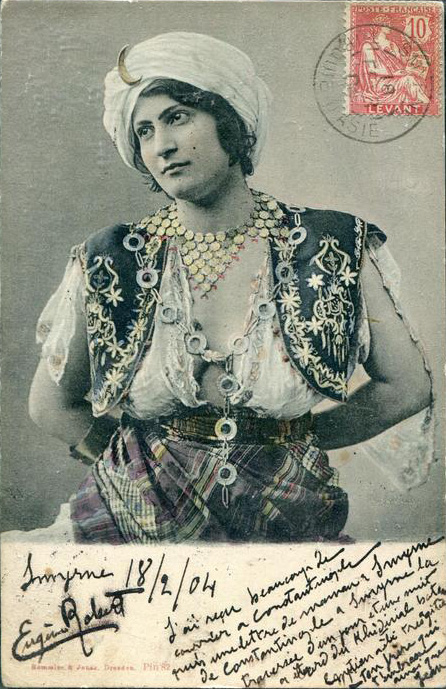
Series of 2 from the same studio photo shoot of the same model.
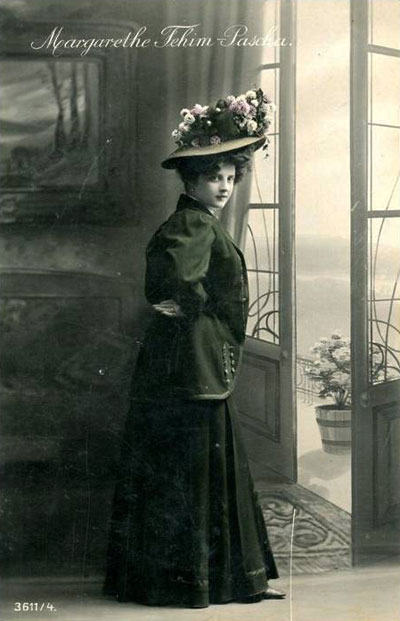
The old Corcordia Theatre in Pera, Constantinople (that burnt-down in 1913, now occupied by the St. Antoine Catholic Church) was the venue for many singing and dancing acts from Europe. One of these performers was Margaret Morgan from New York whose family were trapeze artists here. Margaret would sell postcards featuring herself to the assembled spectators and her beauty was the talk of the town, her fashion style was eagerly copied by the society ladies of the city. She was the mistress of the Sultan Abdulhamit II’s feared head of secret police, Fehmi Pasha. Fehmi Pasha was notorious for extortion, with his band of ruffians bullying the merchants and confiscating goods and this was too much to bear by the German merchants of Constantinople whose ship was impounded and their protests and the intervention of British and German ambassadors and the German Kaiser eventually ensured that in 1907 he was sent to internal exile in Bursa - view full gallery:
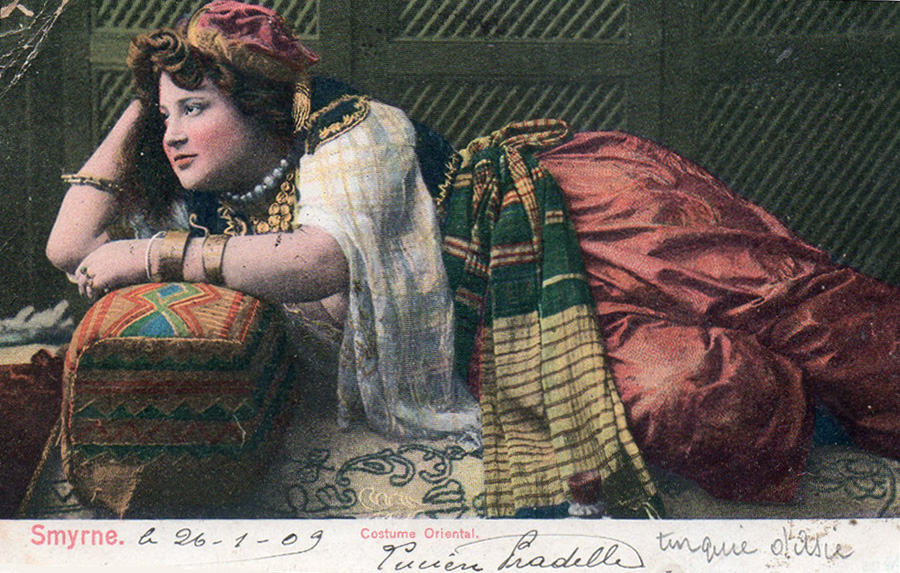
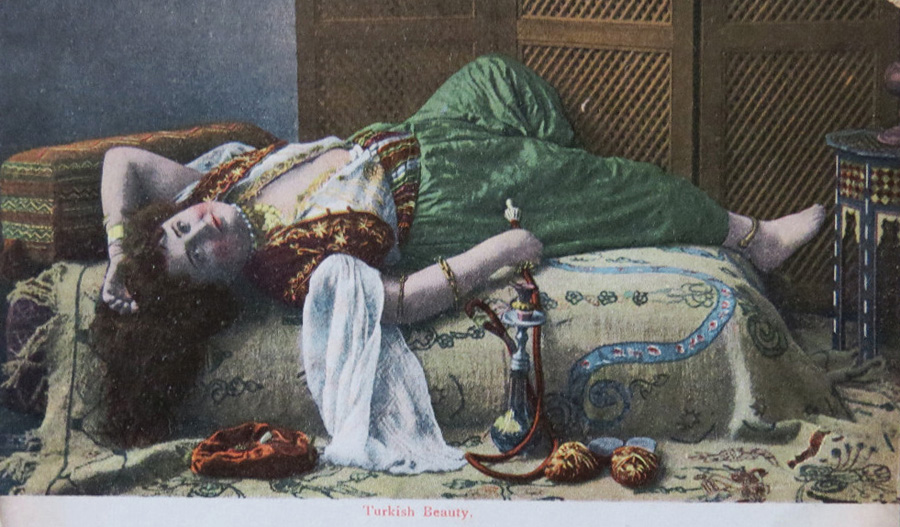
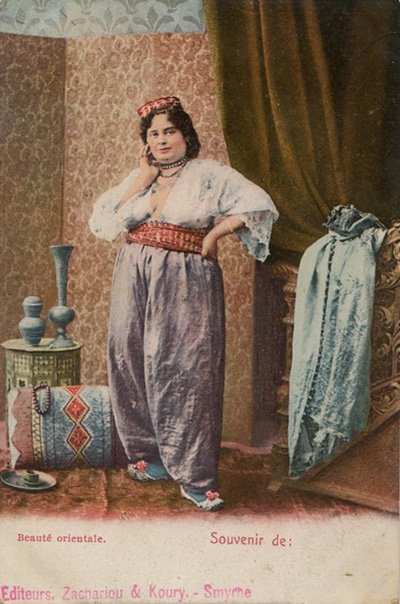
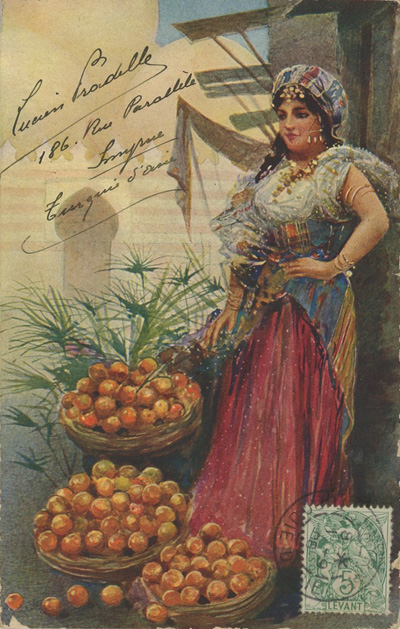
Lucien Pradelle, who sent 2 of these postcards, was the son of Pierre Auguste Pradelle born in 1854 in Bollène (Vaucluse- France) who moved to Smyrna around 1880, where he worked as a baker (Boulanger). He perhaps joined his uncle, Jean Fréjus Pradelle, who was already in Smyrna before 1859. Auguste Pradelle married on January 5th, 1884 in Smirna Annetta Lanza (°1852 in Smirna) daughter of Vito Lanza from Sicily & Fortunata Taboni from Malta.
Lucien Pradelle was born in Smyrna on February 28, 1890 & baptised at St Polycarpe on April 27. He married a cousin, Frida Maria Dellatolla on March 25, 1916 at St Polycarpe Church. She was the daughter of Giuseppe Dellatolla & Maria Lanza. They had 3 children born in Smyrna: Auguste (1917) Eliane (1918), Odette (1921). Lucien Pradelle acted as an Agent for the Messageries Maritimes - information courtesy of Marie Anne Marandet.
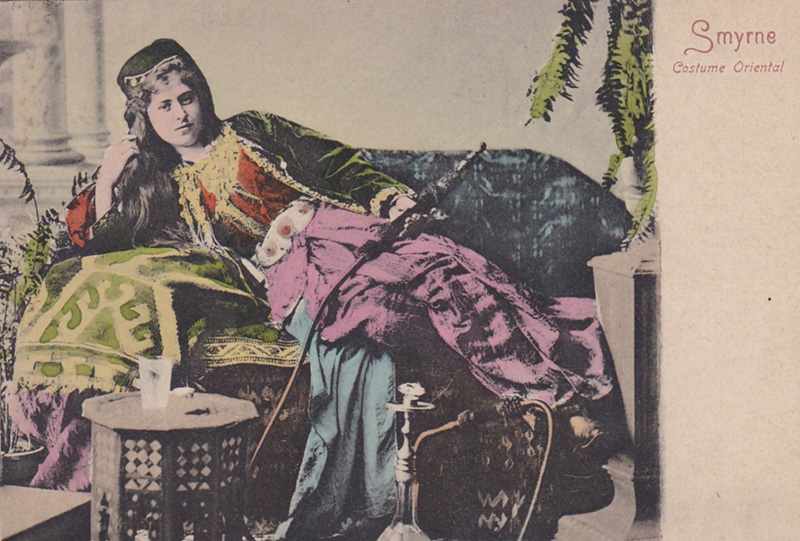
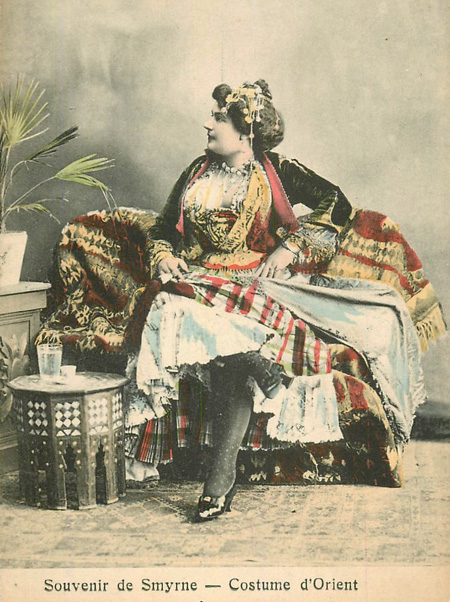
Oriental fantasy here feeding on the supposed costumes more suitable for a harem.
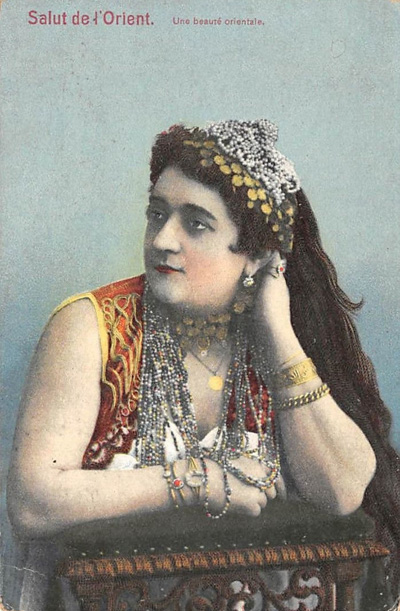
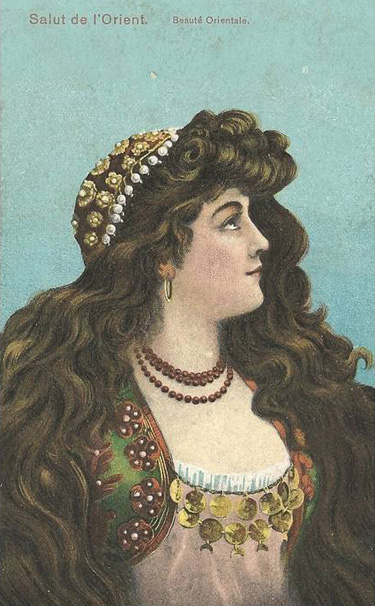
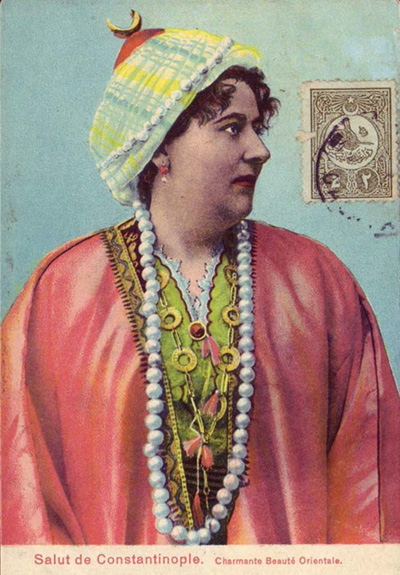
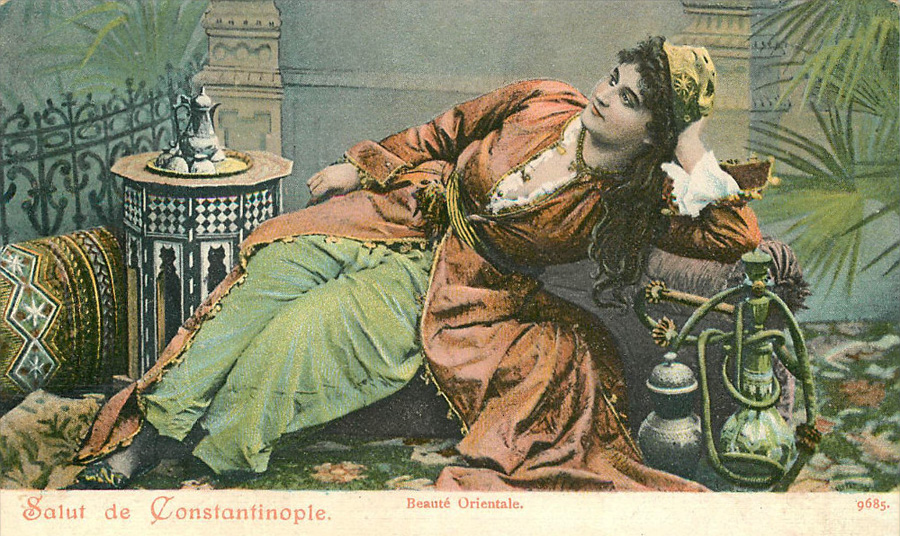
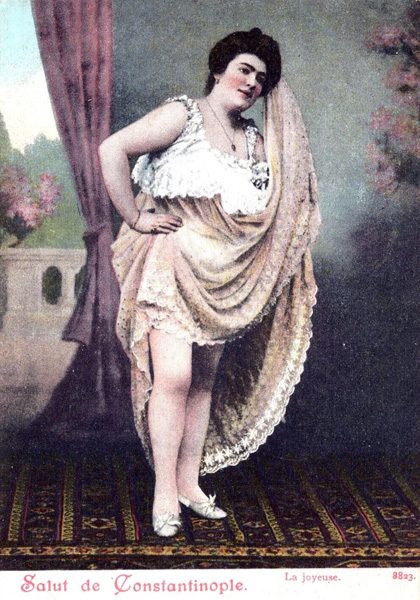
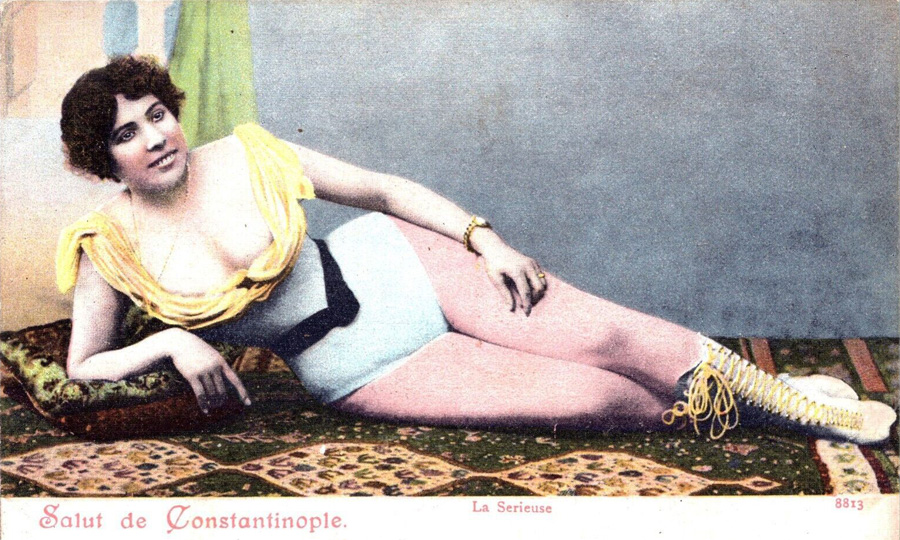
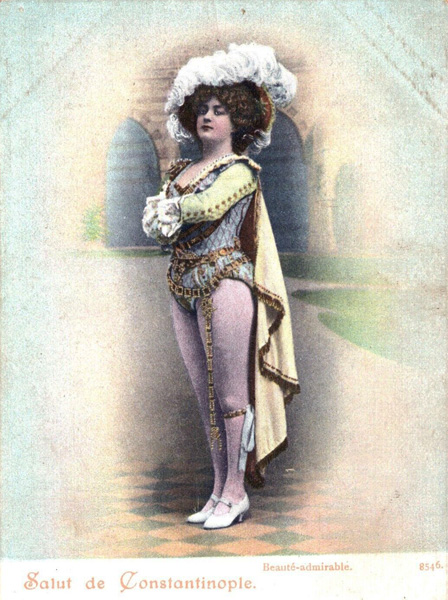
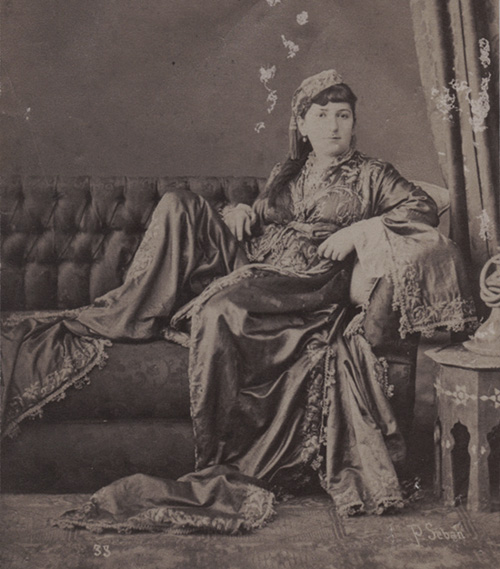
All these coloured postcards were the result of the later colouring of studio photographs, like this one of the prolific Pascal Sebah atelier.
A series of realistic photo-postcards conveying a rustic beauty of a lady from Smyrna. These models would have without a doubt come from unmarried local Christians, though not necessarily ‘ladies of ill-repute’.
A posed group photo re-inforce the message above of a tolerant / progressive Smryna.
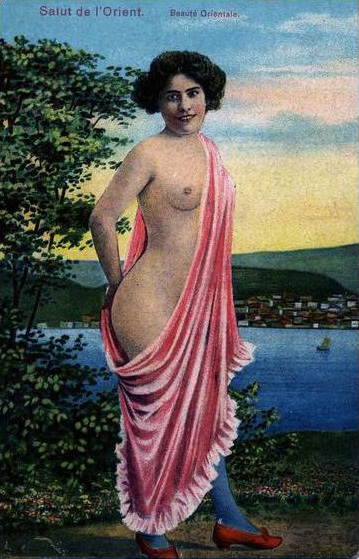
A group of risque postcards clearly meant for the male audience.
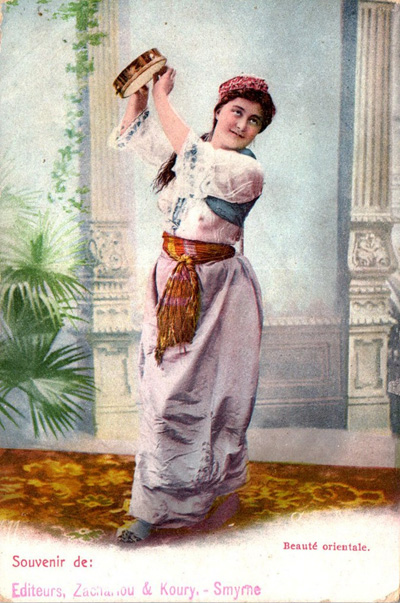
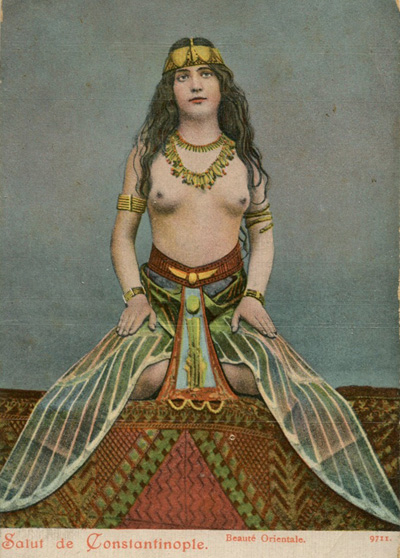
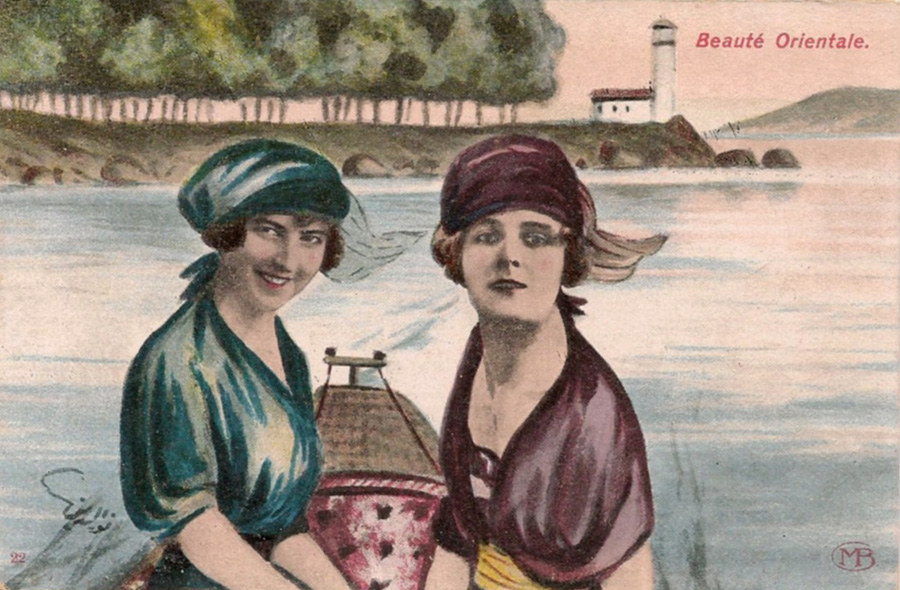
A group of painting postcard showing confidently posing ladies in modern dress perhaps to appeal to the modernising trends building up in the late Ottoman Empire / early republican periods?
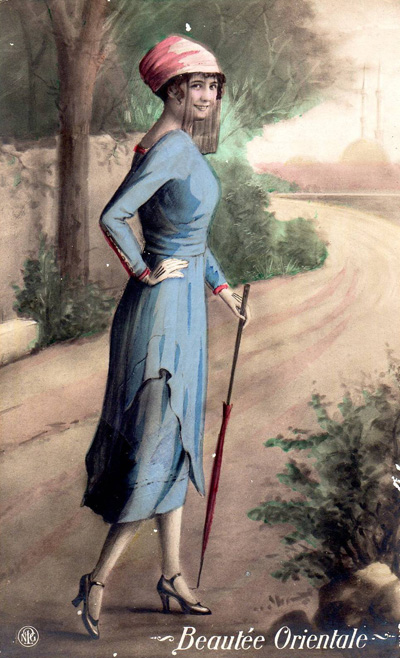
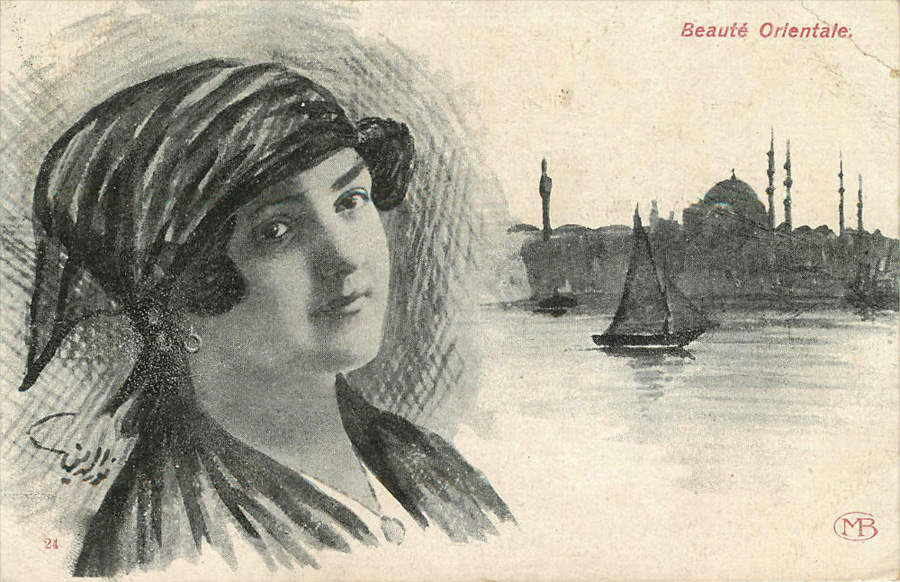
Examples of paintings following the same theme ‘Beauté orientale’ (Lodalisque au Tambourin) by Leon Francois Comerre (French, 1850 – 1916).
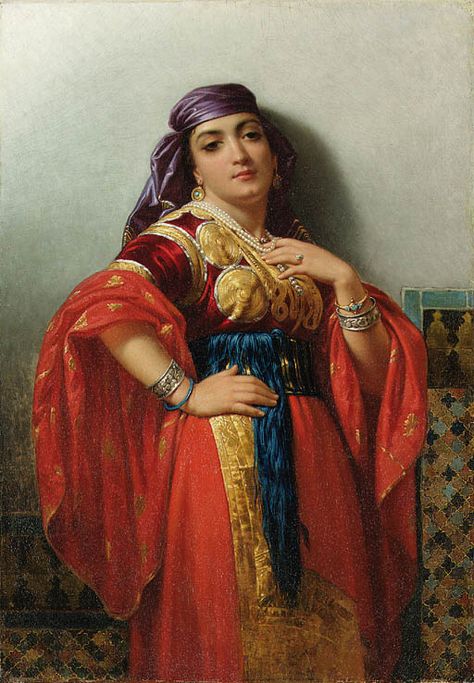
‘Beauté orientale’ Emile Vernet-Lecomte (French, 1821-1900)
‘An Oriental beauty’ Giovanni Costa (Italian, 1826-1903)
‘An Oriental beauty’ Émile Eisman-Semenowsky (1853-1918)
